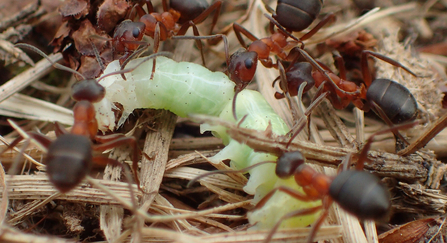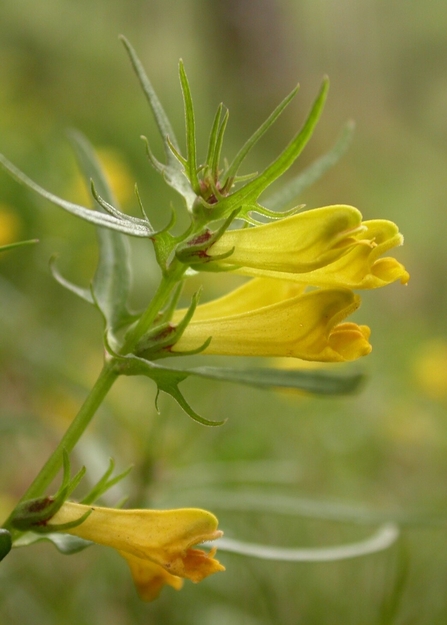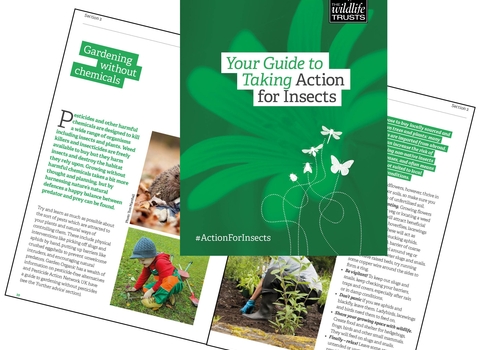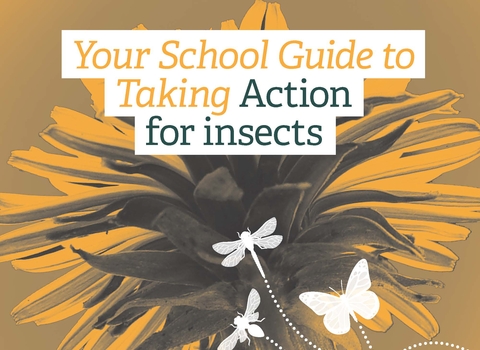Any prospect of an ant-hunting field-trip scuppered by COVID-19, I settled for desk-based research to explore the unique quirks of the narrow-headed ant (formica exsecta).
As well as trusted sources such as The Wildlife Trusts and Buglife, Scottish Natural Heritage Commissioned Report No. 178 proved particularly useful.
The report revealed that over 80 per cent of the UK's f. exsecta population is now found in the Caledonian pine forests of Speyside in the Scottish Highlands.
In England, meanwhile, the species is almost certainly now extinct in at least seven former known localities in England. Its decline is largely due to erosion of its natural habitat, as well as competition from other wood ants.
As well as highlighting threats to f. exsecta's survival, it was also important to celebrate interesting traits and characteristics, and the role it plays in the wider ecosystem.
F. exsecta nests are designed to maximise the sun's warmth: domed structures of roughly 30cm diameter, they feature a distinctive 'thatched' roof of grass, heather and pine needles. The south-facing side is larger and flatter to soak up more rays.
Worker ants have even been observed 'sunbathing', then sharing body warmth with the rest of the colony.





